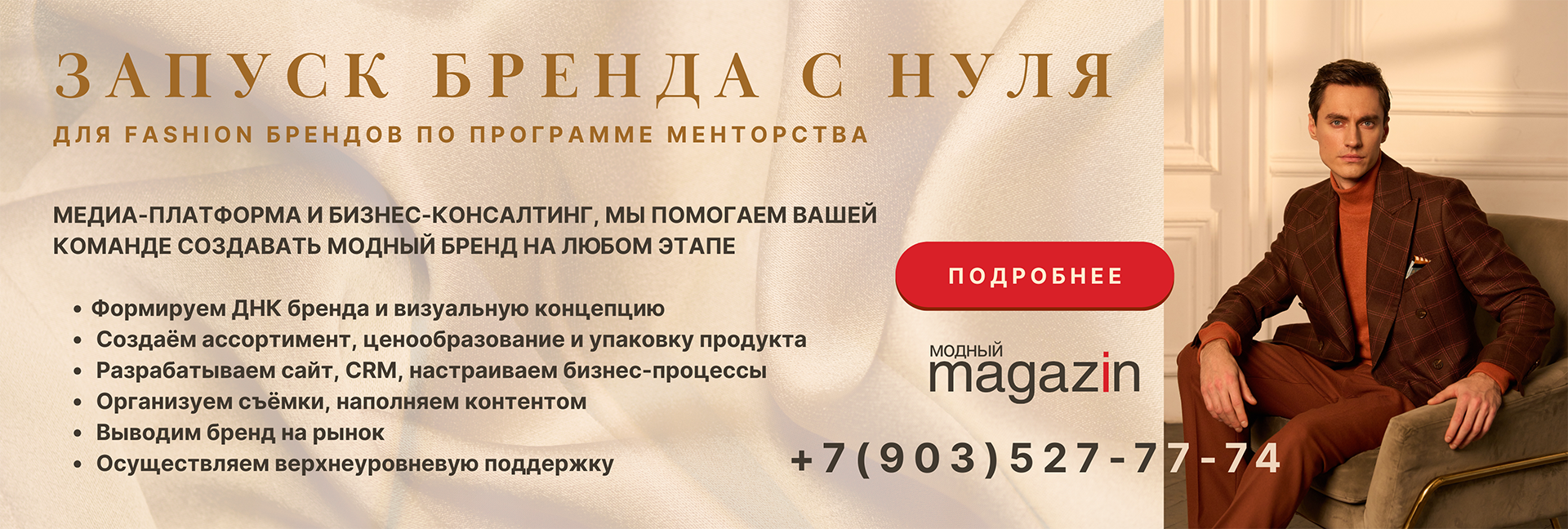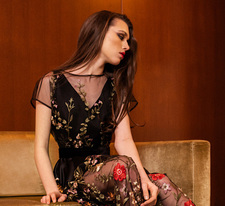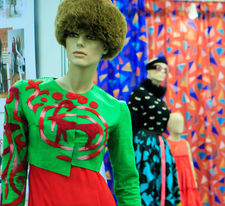Membrane materials for fashion collections
part 1 part 2
Some companies are only looking at membranes, assessing the prospects, risks and economic effect of their use. It seems that work with membranes is avoided because they are difficult for mass production.
Those who are still in doubt can be advised to take a closer look at European and world trends in the segment of fashionable outerwear. All over the world, high-tech fabrics already occupy a leading position in terms of the growth rates of product lines and margin profit.
The use of membrane materials for outerwear and shoes reflects a person's desire for comfort at any given time. In addition, such materials provide ample opportunities for design solutions - they can be painted, printed, and given various textures and properties. Since products with membranes are one of the elements in multi-layered clothing sets, their presence in the collection increases the average check due to the accompanying layers that complement them in properties. According to marketers, the buyer is increasingly willing to pay more for 1500-2000 rubles, provided that he is provided with comfort and quality is guaranteed. And the cost of membrane materials in comparison with conventional jackets is only 3-7 dollars higher per running meter. The increase in the profitability of the collection is obvious.

There are not so many features of working with membrane materials, they relate to technical equipment and the correct choice of material. Replacing metal feet with Teflon ones will allow you to effortlessly perform high-quality stitching; a machine for gluing seams will ensure complete water resistance of the product. Such a conversion will quickly pay off and bring a noticeable economic effect, as it allows you to produce expensive trend items. When designing clothes with membranes, you need to remember the most important purpose of these materials is to maintain a comfortable temperature with light weight and high ergonomics of the product. Therefore, designers and technologists do not need to forget about various windproof wings, straps, insulating cuffs and other details. There are many developments for the constructive enhancement of the properties of clothing made of heat-saving materials. A competent combination of the unique properties of membrane fabrics with design solutions allows you to get the maximum effect.
Of no small importance is the quality of membrane tissues and compliance with the declared properties. In products made of low-quality membrane materials, a person is uncomfortable – about like in a polyethylene raincoat. It also happens that the fabric is "softened", that is, the film departs from the main canvas. Very often, complex membrane webs (softshells or windblocks) have distortions in the layers, they are stratified already in the process of cutting, not to mention the operation of products. In "inexpensive" membrane materials, unevenness of the coating occurs, leading to a violation of the properties.
Why is this happening? How can clothing manufacturers avoid such problems when purchasing canvases? Let's try to figure it out. The membrane is a thin polymer film that does not pass liquid water, but passes water molecules in the form of steam. In addition, the membrane makes the materials windproof, which significantly increases their heat-saving properties. The purpose of the membrane in clothing is protection from rain and cold without a greenhouse effect.

The membrane is used only in combination with other materials, since it is difficult to apply it separately due to its fragility and transparency (film thickness 0.01-0.02 mm). Therefore, it is applied to fabric or knitwear. The result is a canvas with the desired appearance and water-repellent and vapor-permeable properties. The membrane can be applied to the substrate in two ways: in the form of a finished film (lamination) using a special glue or in the form of a liquid polymer, which then hardens on the surface of the substrate and forms a membrane film. In order for the membrane to "work", to pass steam (sweat) through itself, it is necessary to observe the technology. It is the water resistance and vapor permeability that are the most important indicators for membrane materials, and both of these parameters are usually indicated in the descriptions of the canvases. There are a lot of articles published on the Internet about how these indicators are calculated and what membranes are. How do hydrophilic membranes differ from hydrophobic ones, what are pore-free or pore-free membranes? But mostly these articles are written for end consumers and most often relate to specific clothing models.
But there is very little practical information for technologists and buyers who are engaged in the selection of fabrics. There is also no reliable open methodology that would help to figure out how to choose exactly the material that will provide the company with the optimal combination of price and quality. How to understand what to use for your purposes? How to determine the quality of this material?
Author: Elena Chernavskikh, Head of «Coatings and Membranes», group of companies «TEXTIME»











